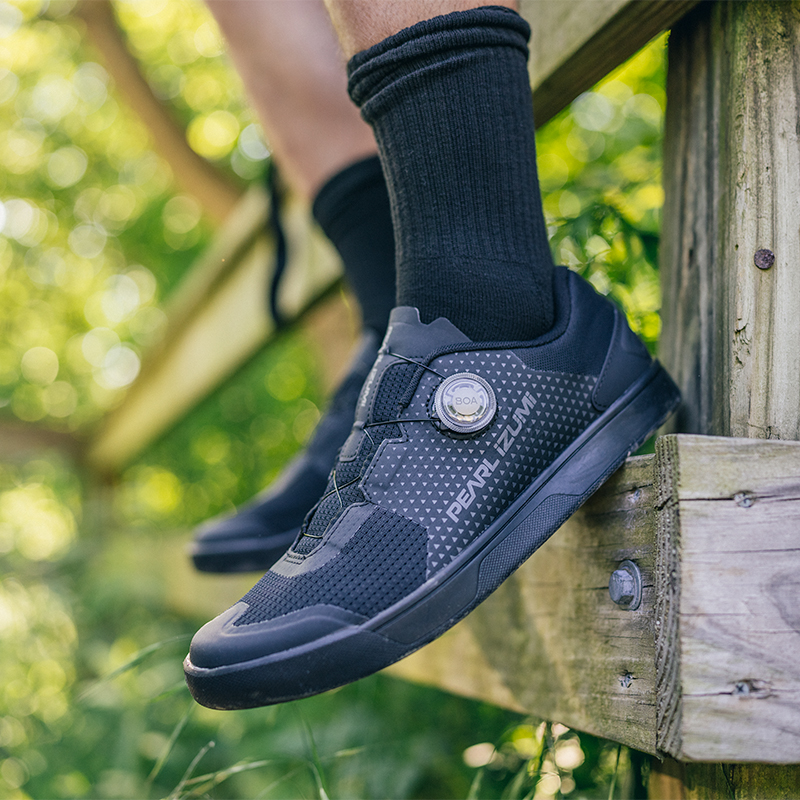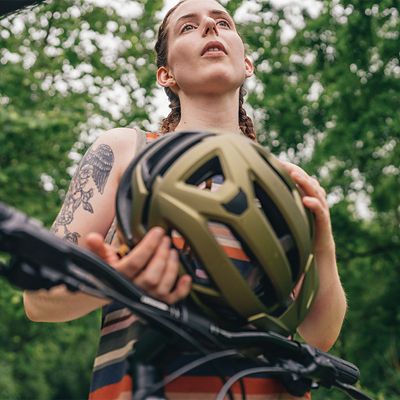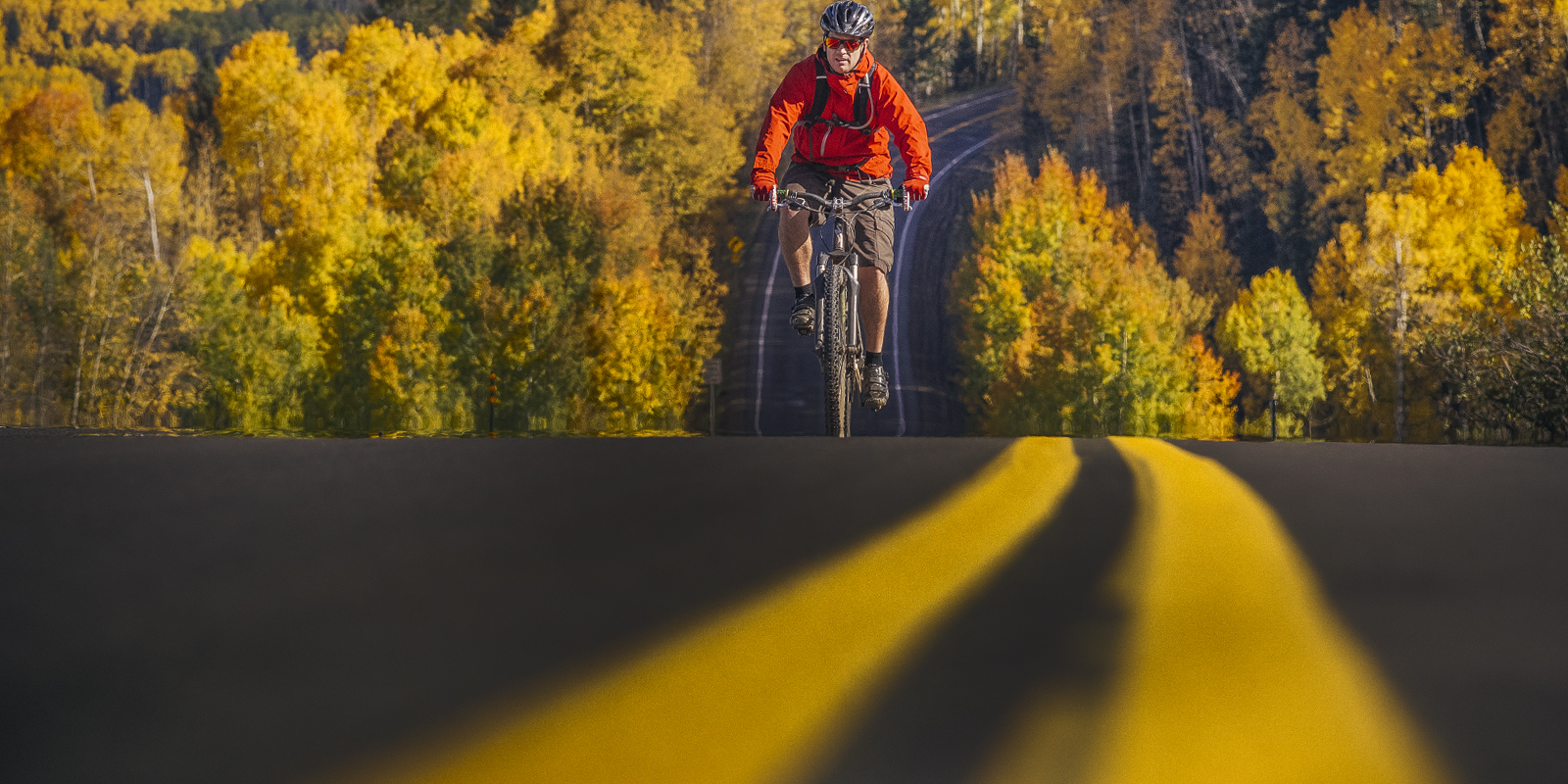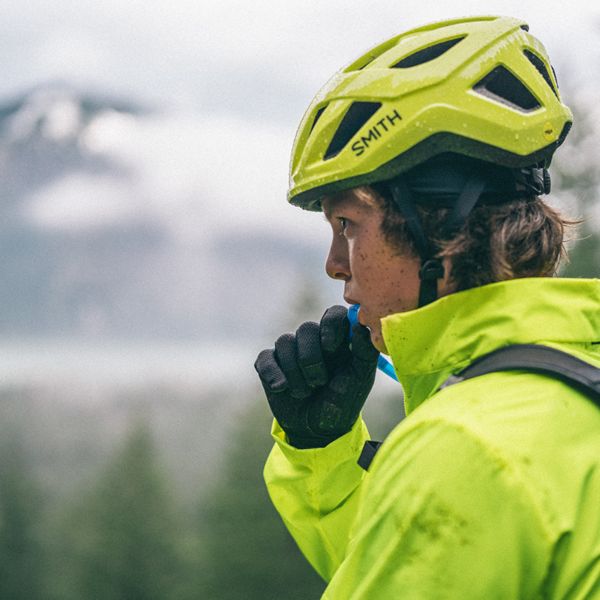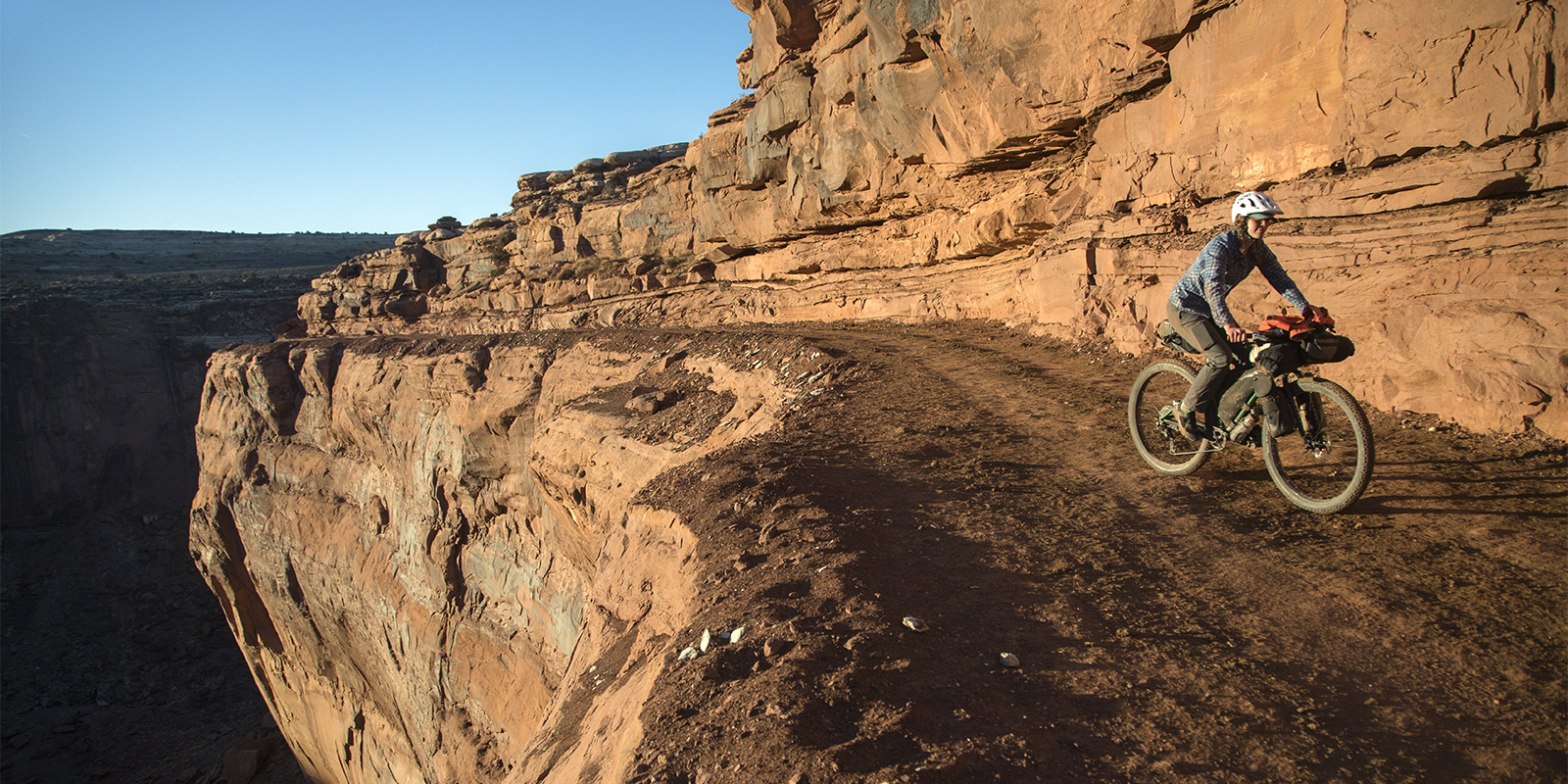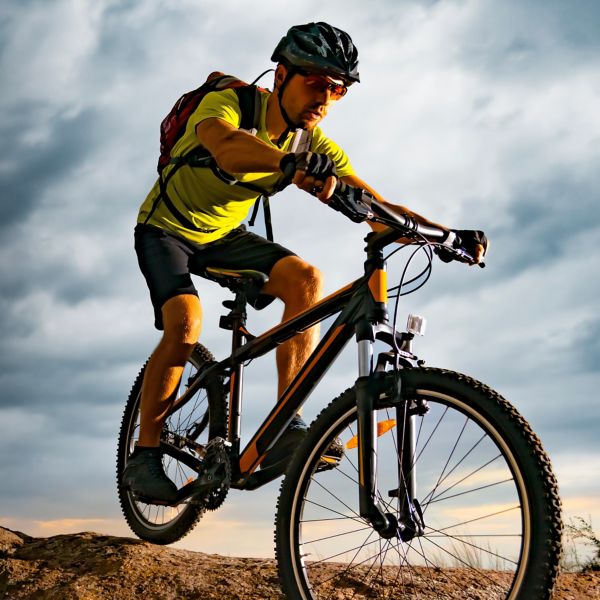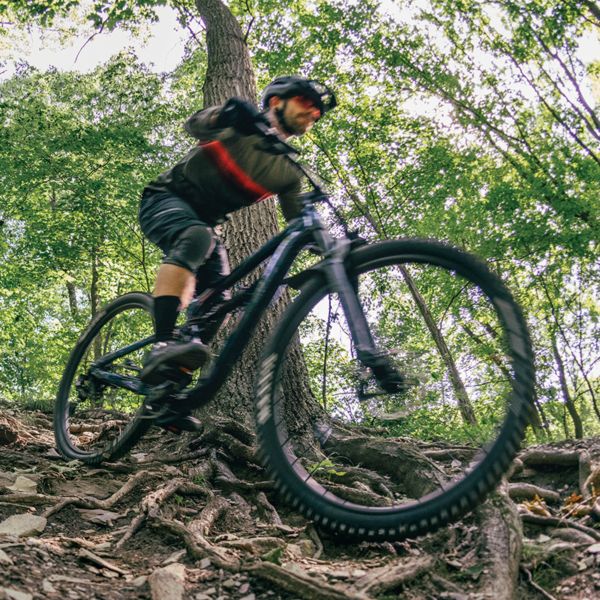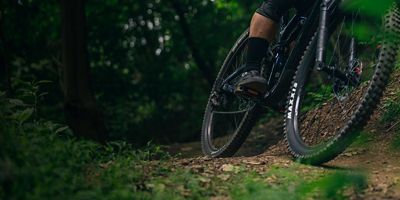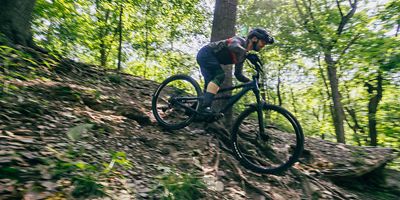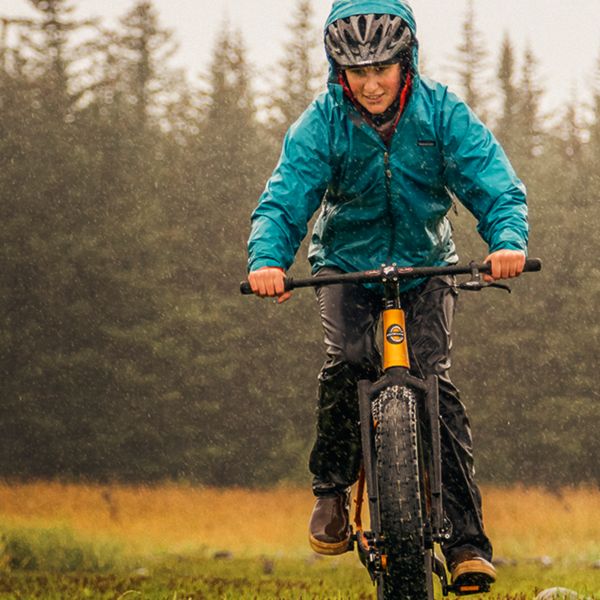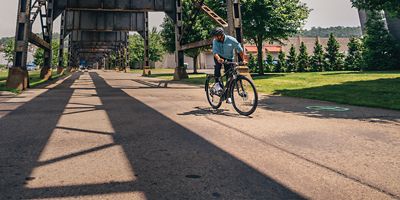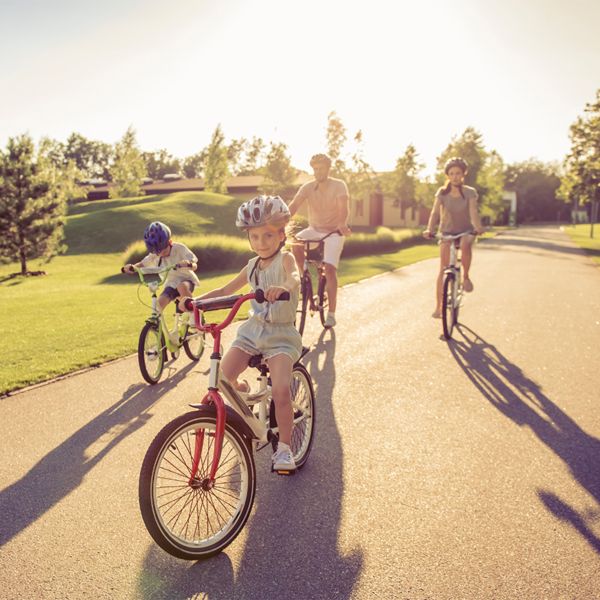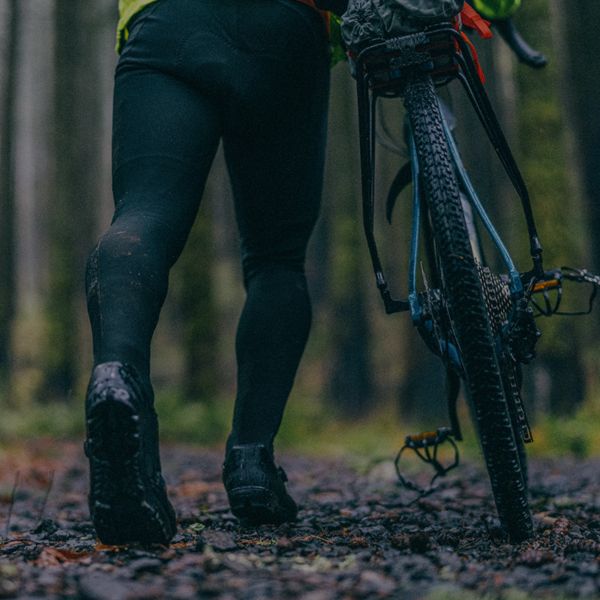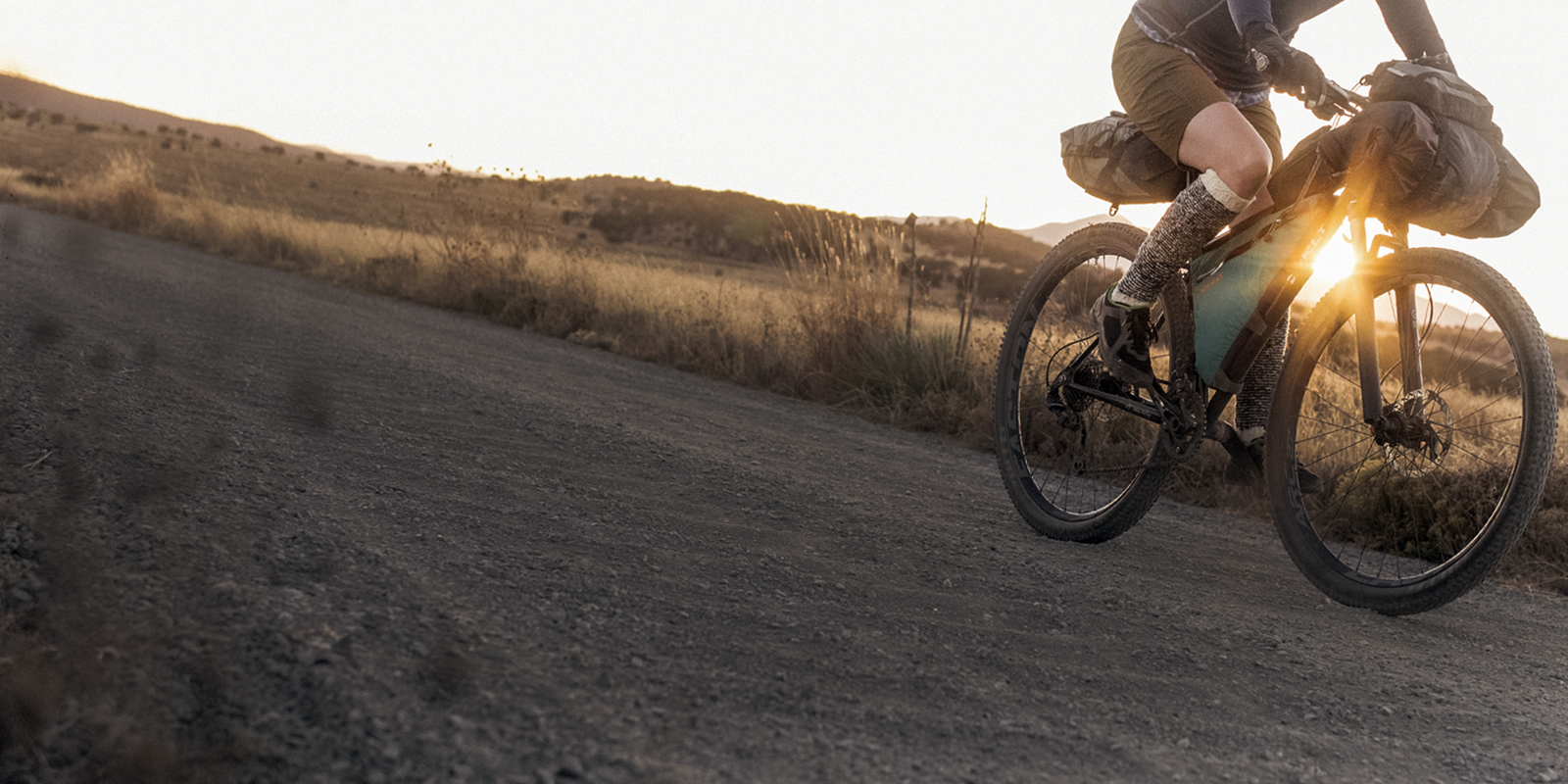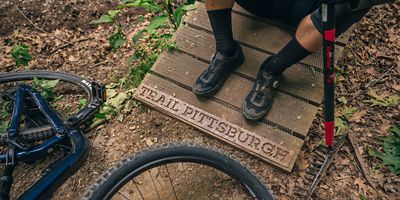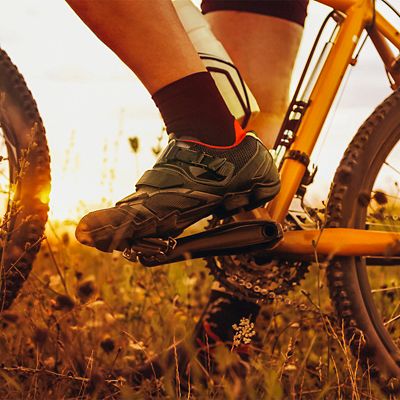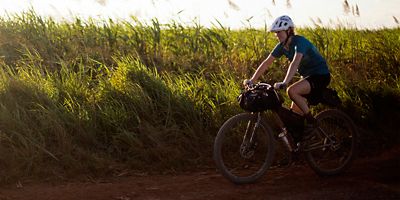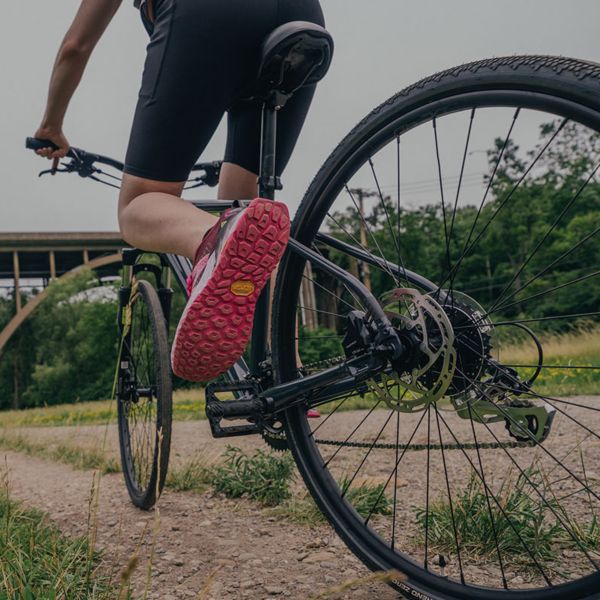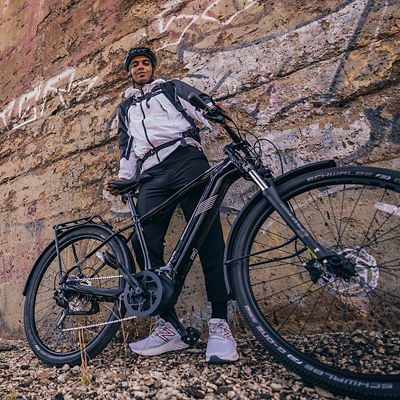
Once you’ve got a mountain bike that fits, the next key to comfort while exploring singletrack is addressing your main points of connection. That is: a good set of gloves, of course, but also the right pair of shoes to keep you on your bike, or ready to hop off and over any obstacles too big to roll over. These shoes differ from road- or commuting-specific options as you face different challenges on a mountain bike, from splashing through muddy puddles, rolling over rocks, or kicking a log out of the way. They need to be more rugged to protect your feet, prepared to deal with the elements and to provide greater traction. Finding the right pair will enhance your riding experience—not to mention those moments where you might have to walk your bike uphill or around problematic sections. Here’s how to find your perfect pair of mountain bike shoes.
First, Ask These Questions
Before you buy the shoes, try to better understand your mountain biking needs.
How comfortable am I on a bike?
Do you have a lot of experience? Are you used to clipping into a pedal? If not, consider a flat pedal shoe.
What kind of riding do I want to do?
If you plan to ride cross-country, all-mountain, or strictly downhill, your riding style will help guide the right choice.
What kind of weather am I willing to ride in?
If you are only riding in dry conditions, your demands for both traction and breathability differ greatly from consistent riding in damp and wet weather.
To Clip in or Stay Flat
The first decision you’ll need to make when buying mountain bike shoes is what style of pedal you want (or what style you might already have). Mountain bike pedals and shoes work together as a system.
The simplest system is a flat pedal. These are similar to what you likely used as a kid: a flat platform that your shoe rests on. Sometimes these will have studs or extra texture for better grip. While not as efficient, since you only can put power into them by pushing down, they offer your foot a quick release from the pedal should you need it. They’re also easier pedals to shift weight on for a descent or a jump—often an added advantage for technical trails, downhill rides, and jump and pump tracks.
The second option is to “clip-in” with the confusingly named, clipless pedal. Clipping in means pushing a metal cleat on the bottom of your shoe into the pedal itself to connect to the bike. Twisting your heel outwards, away from the bike, disconnects the shoe cleat from the pedal. These pedals use the two-hole cleat, rather than the three-hole cleat that is more popular in road biking, as it is easier to set it within the sole of a shoe for easier walking and hiking.
This style is far more efficient, as the connection allows you to put power into the bike by pushing down and by pulling up on the pedal. However, it requires more effort to get your foot on and off the pedal. This makes them great for long off-road rides, but less comfortable for more technical riding, or steep and aggressive downhill descents.

